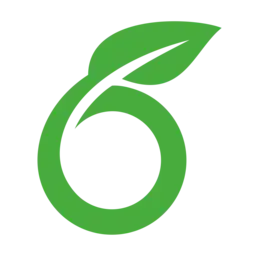Hey there programmers, I know this is a more markup/typesetting deal, but I thought there might be people who are interested. After being dissapointed with many of the options out there for making ttrpg item cards, I made a LaTeX template for that exact purpose. I wanted it to be relatively easy to use, generate clean images, and be (semi) form fillable. The cards scale in height with the quantity of text given and image size, so users don’t need to finagle with the box dimensions too much, and all card sections (generated by custom commands) can either be commented out or toggled off if they aren’t relevant to the item.
If there are any people familiar with TeX who have thoughts or constructive criticism, I would love to get some more eyes on this. I have already posted this in the relavant ttrpg areas, but I am hoping people here might have more technical critiques. I have already gotten feedback that a setting for fixed dimensions would be smart in case players want to get card sleeves or a card binder, and want to make a back side for longer item descriptions, which I will work into V2.
Here is an example of a completed card with all the trimmings: Staff of the Jackal Lord
Thanks to anyone who takes the time to check it out, and if anyone uses it, please let me know what you think!



LaTeX is a typeset that is written in plain text with Markup language. Word, docs, acrobat are all WYSIWYG (what you see is what you get) editors, so you type the words and use toolbars to edit formatting. In markup, what you write is what you get: you type everything, including the commands for alignment, spacing, etc. It makes control and customization of your document easier. If you ever have tried to use MS Word to make a good looking equation and wanted to die when it messed up your images and spacing 10 pages back, markup typesetting is the solution.
My tip would be to find a few templates on overleaf that you might find useful and just mess around and try to come up with what you want to see. Could be for work documents, could be for a hobby, whatever. Overleaf, the website I shared this project on, is great because it handles the backend stuff like compiling, software installs, etc. and allows you to easily copy templates over from premade projects in the gallery.
I learned to use it for writing scientific publications, but eventually I used it for all my homework, making ‘official’ looking DnD content, keeping a log of my work; basically most documents that are longer than 1 page. It is particularly good for science and math writing, but is almost as versatile as HTML for whatever you want to make.
Thanks for the tips!
It’s a really great system for writing technical documents. I used it a ton in college for my research papers.